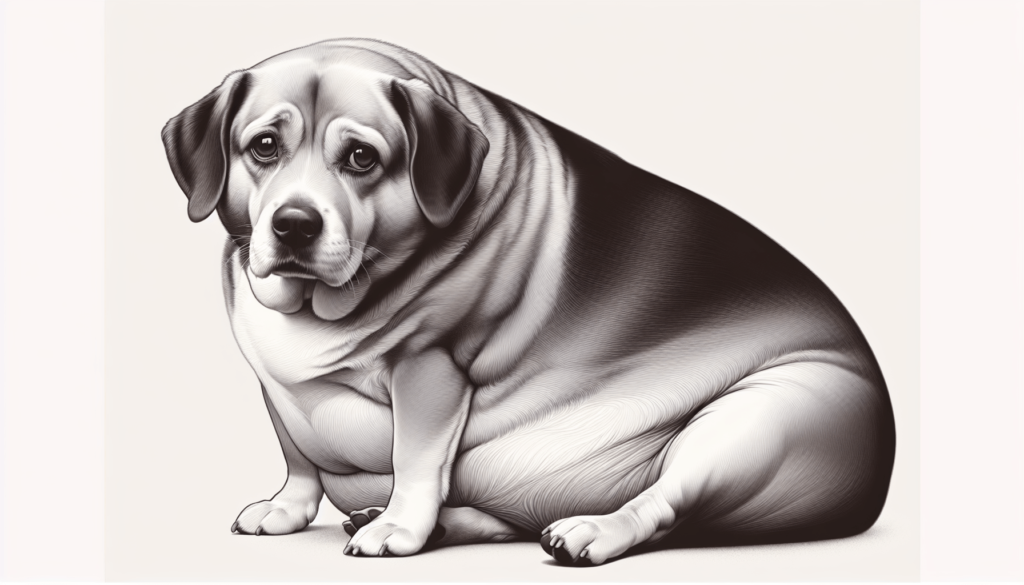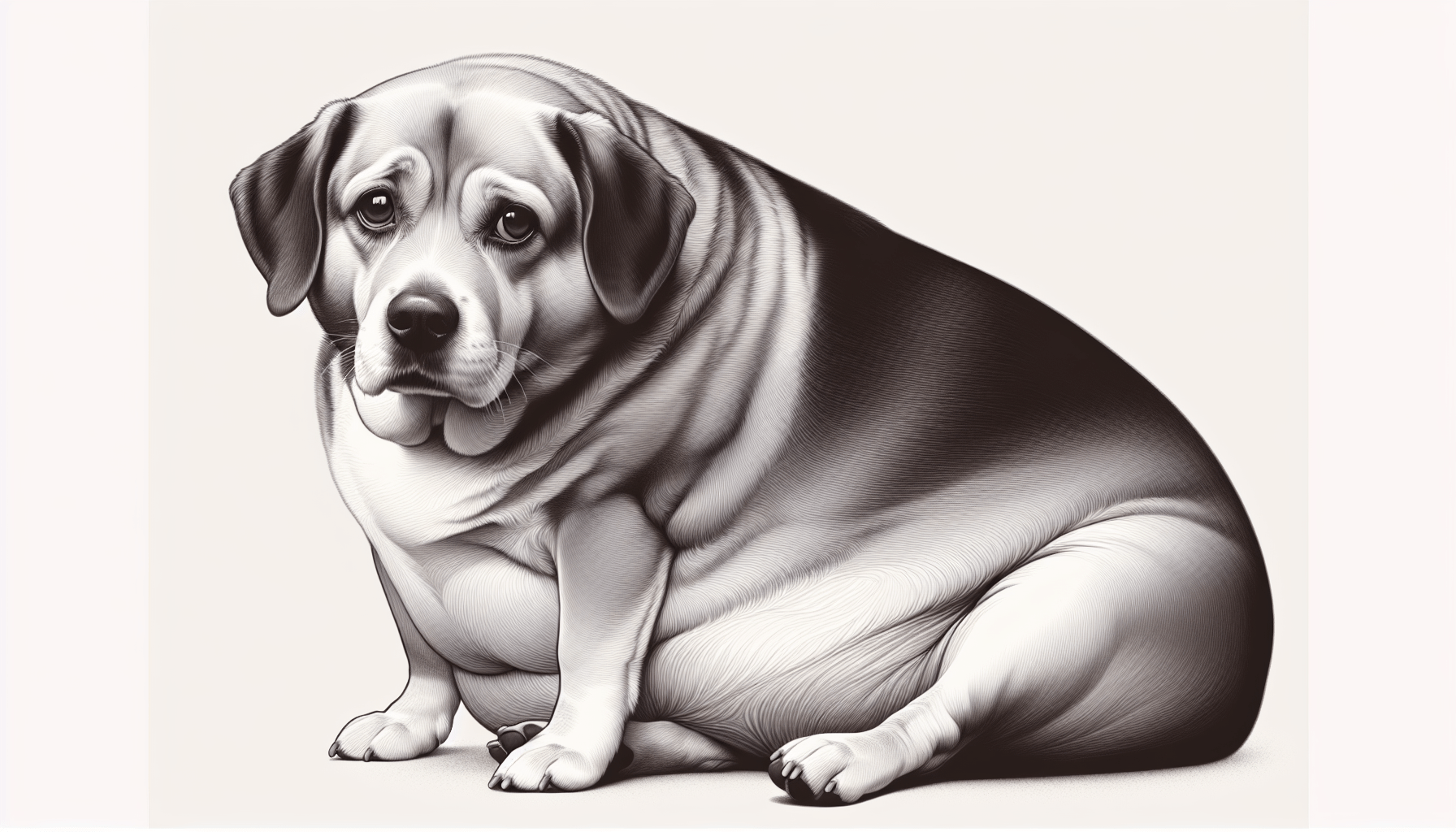Introduction
Have you ever wondered about the potential dangers of your furry friend carrying a few extra pounds? In this article, we will delve into the world of pet obesity and explore the various risks associated with it. By understanding these dangers, you can take steps to ensure your pet maintains a healthy weight and lives a long and happy life.
What is Pet Obesity?
Pet obesity occurs when a cat or a dog carries excess body weight that can negatively affect their health and overall quality of life. Just like in humans, obesity in pets is a growing concern that can lead to a myriad of health issues if not addressed promptly.
The Role of Diet in Pet Obesity
Your pet’s diet plays a crucial role in preventing obesity. Just like us, pets need a balanced diet to stay healthy and maintain a proper weight. It’s essential to feed your furry friend high-quality, nutritious food in the right portion sizes to prevent overeating and weight gain.
The Importance of Exercise for Pets
Regular physical activity is just as important for pets as it is for humans. Exercise helps to burn off excess calories and keeps your pet’s muscles strong and healthy. Taking your pet for daily walks, playing fetch, or engaging in interactive playtime are all great ways to keep your furry friend active and fit.
The Dangers of Pet Obesity
Now that we’ve covered the basics of pet obesity, let’s dive into the specific dangers associated with this condition. Understanding these risks will help you recognize the signs of obesity in your pet and take action to address them.
Increased Risk of Diabetes
One of the most significant dangers of pet obesity is an increased risk of diabetes. Just like in humans, carrying excess weight can lead to insulin resistance and eventually diabetes in pets. Diabetes can be a life-threatening condition if not managed properly, making it crucial to keep your pet at a healthy weight to reduce this risk.
Joint and Mobility Issues
Carrying extra weight puts a significant strain on your pet’s joints and muscles, leading to joint pain, stiffness, and decreased mobility. Over time, this can result in conditions such as arthritis, which can severely impact your pet’s quality of life. Maintaining a healthy weight is essential to prevent these issues and keep your pet comfortable and active.
Heart Disease and High Blood Pressure
Obesity is a leading cause of heart disease and high blood pressure in pets. The extra weight puts a strain on your pet’s heart, increasing the risk of heart problems such as heart failure and hypertension. By keeping your pet at a healthy weight, you can reduce the risk of these serious health conditions and ensure that your furry friend’s heart stays strong and healthy.

How to Recognize Pet Obesity
Recognizing the signs of obesity in your pet is the first step to addressing the issue and helping them achieve a healthy weight. Here are some common signs that your pet may be overweight:
- Difficulty feeling their ribs or spine under a thick layer of fat
- A round, bulging abdomen
- Labored breathing or lethargy
- Difficulty performing usual activities such as jumping or climbing stairs
If you notice any of these signs in your pet, it’s essential to consult with your veterinarian to determine the best course of action.
Preventing and Managing Pet Obesity
Preventing and managing pet obesity requires a multi-faceted approach that involves proper diet, regular exercise, and monitoring your pet’s weight and overall health. Here are some tips to help you keep your furry friend at a healthy weight:
1. Feed a Balanced Diet
Ensure that your pet is eating a balanced diet that meets their nutritional needs without excess calories. Avoid feeding them table scraps or high-calorie treats and stick to a regular feeding schedule to prevent overeating.
2. Provide Regular Exercise
Make sure your pet gets plenty of exercise each day to maintain a healthy weight and stay active. Incorporate daily walks, playtime, and interactive toys to keep your pet moving and engaged.
3. Monitor Their Weight
Regularly weigh your pet and monitor their body condition to ensure they are at a healthy weight. Your veterinarian can help you determine an appropriate weight for your pet and provide guidance on how to achieve and maintain it.
4. Consult with Your Veterinarian
If you have concerns about your pet’s weight or need guidance on managing their diet and exercise routine, don’t hesitate to consult with your veterinarian. They can provide valuable advice and support to help your pet achieve a healthy weight and avoid the dangers of obesity.

Conclusion
In conclusion, pet obesity is a serious health concern that can have a significant impact on your furry friend’s well-being and quality of life. By understanding the dangers of obesity and taking proactive steps to prevent and manage it, you can help your pet live a long and healthy life. Remember to feed a balanced diet, provide regular exercise, monitor your pet’s weight, and consult with your veterinarian for guidance and support. Your pet will thank you for it with many happy and healthy years by your side.

